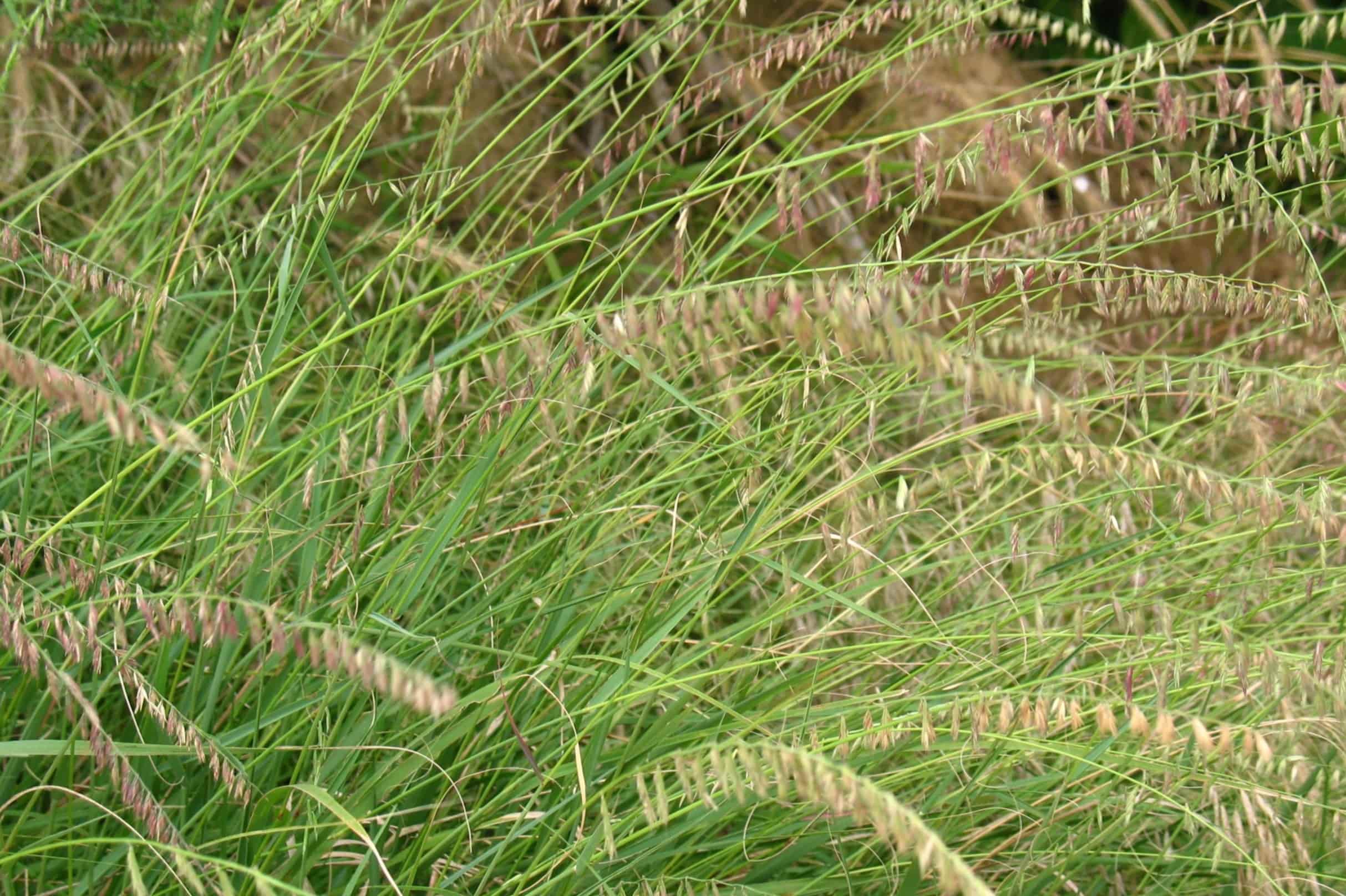
Sideoats grama, scientifically known as Bouteloua curtipendula, is a warm-season perennial grass native to North America. This resilient plant is a member of the Poaceae family and is renowned for its striking visual appeal and ecological significance. Its distinctive seed spikes, which gracefully dangle from one side of the stem, lend the plant its evocative name. Sideoats grama is not only a visually captivating species but also plays a crucial role in supporting diverse ecosystems and wildlife.
In this article, we will delve into 11 fascinating facts about sideoats grama, exploring its ecological importance, unique characteristics, and practical uses. From its role in prairie restoration to its value as forage for livestock, sideoats grama embodies a rich tapestry of ecological, cultural, and agricultural significance. Join us as we uncover the captivating world of sideoats grama and gain a deeper understanding of this remarkable plant's contributions to the natural world.
Key Takeaways:
- Sideoats grama is a resilient grass that provides food and habitat for wildlife, making it an important part of prairie ecosystems and a popular choice for low-maintenance landscaping projects.
- This versatile grass is not only a symbol of natural heritage but also attracts pollinators, supports soil health, and holds cultural significance for Indigenous communities, showcasing the value of native plants in sustaining ecosystems.
11 Sideoats Grama Facts
Sideoats grama, known scientifically as Bouteloua curtipendula, is a warm-season, perennial grass native to North America. This versatile plant holds ecological, agricultural, and ornamental significance, making it a fascinating subject of study for plant enthusiasts and environmentalists alike.
Sideoats Grama is a Vital Component of Prairie Ecosystems
This resilient grass species plays a crucial role in the prairie ecosystem, providing food and habitat for various wildlife species. Its nutritious seeds are a staple food source for birds and small mammals, contributing to the overall biodiversity of prairie landscapes.
It Exhibits Distinctive Seed Arrangement
One of the most striking features of sideoats grama is its unique seed arrangement. The seeds, which resemble oat-like grains, line up along one side of the delicate, drooping stems, adding visual interest to the grass's appearance.
Sideoats Grama is Drought-Tolerant
Adapted to arid and semi-arid environments, sideoats grama demonstrates exceptional drought tolerance, making it a valuable asset in xeriscaping and sustainable landscaping initiatives. Its ability to thrive in low-moisture conditions contributes to water conservation efforts and reduces the need for extensive irrigation.
It is a Low-Maintenance Landscaping Option
Due to its hardy nature and minimal water requirements, sideoats grama is a popular choice for low-maintenance landscaping projects. Whether used for erosion control, naturalizing large areas, or enhancing the aesthetic appeal of gardens, this grass offers an eco-friendly and visually pleasing solution.
Sideoats Grama is a Forage Grass
In agricultural settings, sideoats grama serves as a valuable forage grass for grazing livestock. Its high nutritional value and palatability make it an ideal component of pasture mixes, supporting the health and productivity of grazing animals.
It Functions as a Soil Stabilizer
The extensive root system of sideoats grama aids in soil stabilization, preventing erosion and promoting soil health. This characteristic is particularly beneficial in restoring disturbed landscapes and rehabilitating degraded soils.
Sideoats Grama is a Symbolic Landscaping Element
With its rich cultural and historical significance, sideoats grama is often used in landscaping to symbolize the natural heritage of the prairies and the enduring resilience of native flora. Its presence in urban green spaces pays homage to the ecological heritage of the region.
It Attracts Pollinators
Sideoats grama's feathery, purplish inflorescences attract a variety of pollinators, including bees and butterflies, contributing to the pollination of nearby plants and supporting overall ecosystem health.
Sideoats Grama is a Versatile Ornamental Grass
Beyond its ecological and agricultural roles, sideoats grama is favored as an ornamental grass in landscaping and gardening. Its graceful form, attractive seed heads, and adaptability to diverse soil types make it a sought-after choice for adding visual interest to outdoor spaces.
It Holds Cultural Significance
Sideoats grama holds cultural significance for various Indigenous communities, who have traditionally utilized the grass for weaving, basketry, and medicinal purposes. Its presence in traditional practices underscores its enduring importance in Native American heritage.
Sideoats grama, with its ecological resilience, cultural significance, and diverse applications, stands as a testament to the intrinsic value of native plants in sustaining ecosystems and enriching human experiences with the natural world. Whether adorning landscapes, nourishing wildlife, or safeguarding soil integrity, this remarkable grass embodies the enduring legacy of North American prairies.
Conclusion
Sideoats grama is a remarkable native prairie grass that offers numerous benefits to ecosystems and landscapes. Its unique appearance, drought tolerance, and value to wildlife make it a valuable addition to gardens, restoration projects, and natural areas. By understanding the distinct features and ecological significance of sideoats grama, individuals can make informed decisions regarding its cultivation and conservation. Embracing this resilient grass can contribute to sustainable land management and the preservation of biodiversity, ensuring that its vital role in the environment endures for generations to come.
FAQs
Is sideoats grama suitable for my garden?
Sideoats grama is an excellent choice for gardens, especially in regions with dry and hot climates. Its low maintenance requirements and ornamental value make it an attractive option for sustainable landscaping.
How can I support sideoats grama conservation?
You can support sideoats grama conservation by promoting native grassland restoration, avoiding the use of herbicides, and participating in local habitat preservation initiatives. Additionally, educating others about the ecological significance of sideoats grama can raise awareness and foster appreciation for this vital species.
Was this page helpful?
Our commitment to delivering trustworthy and engaging content is at the heart of what we do. Each fact on our site is contributed by real users like you, bringing a wealth of diverse insights and information. To ensure the highest standards of accuracy and reliability, our dedicated editors meticulously review each submission. This process guarantees that the facts we share are not only fascinating but also credible. Trust in our commitment to quality and authenticity as you explore and learn with us.


